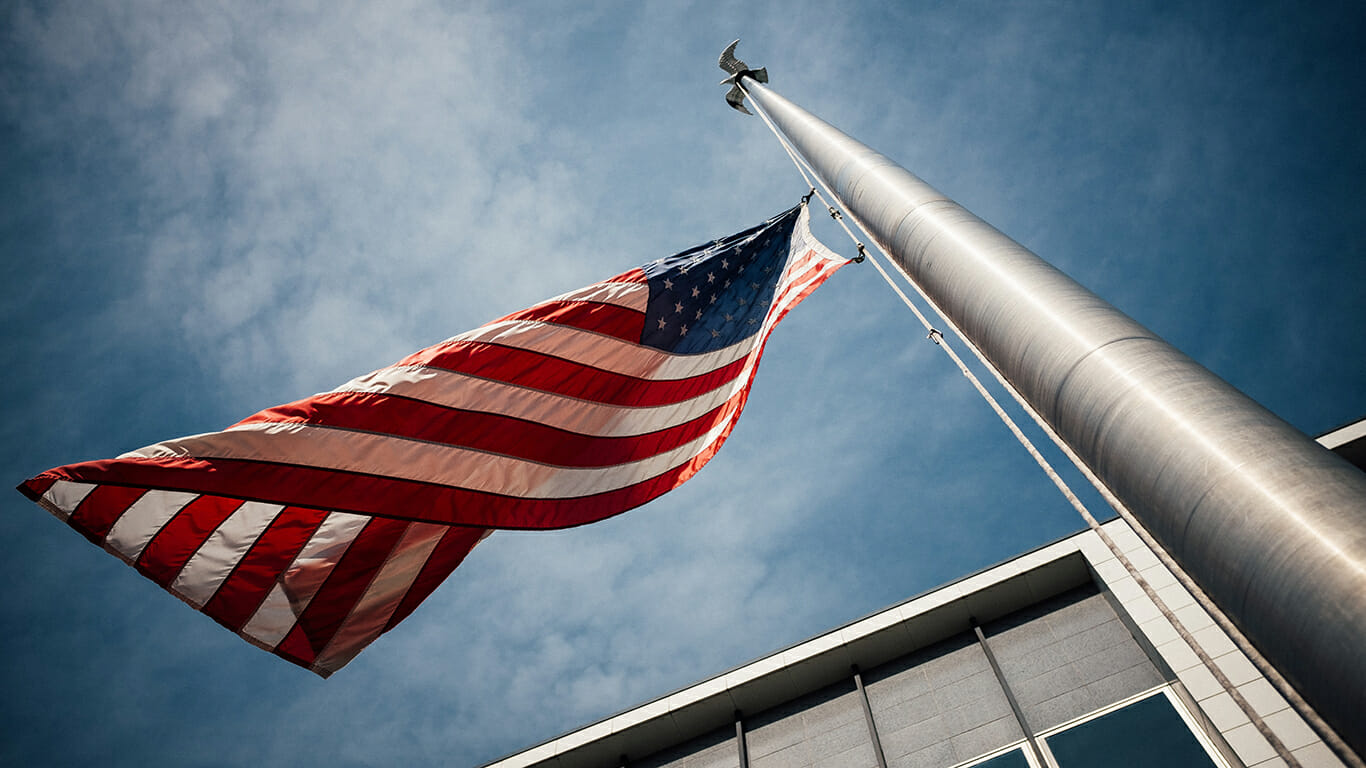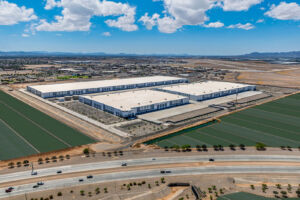The largest political party in Arizona is no longer a party. The latest voter registration numbers from the Arizona Secretary of State’s office show that independents in Arizona edged out Republicans in July to become the largest single group of voters in the state.
Independents – officially unaffiliated or “other” voters who do not align with a party – added 35,677 new voters from January to July to reach 1.45 million, or 34.55% of all registered voters in the state.
READ ALSO: Discussing politics at work: Tips to manage hot topics
Republicans added 1,985 voters in the same period to reach 1.44 million, or 34.42%, while Democrats lost 10,014 voters. The 1.26 million registered Democrats in the state accounted for 30.02% of the total.
“Recently statewide, the catch-all category of ‘other’ party, not declared, independent, has become the plurality party so to speak, even though it’s not a party,” Maricopa County Recorder Stephen Richer said.
Experts say there are several reasons voters end up in the “other” category: Some are simply tired of the major parties, others don’t want to be labeled and younger voters seem to prefer to be unaffiliated.
It’s not the first time unaffiliated voters have had the upper hand in Arizona, where political independence is woven into the culture.
“This is, in my opinion, the default mechanism of what voter registration looks like in the state of Arizona. Where most people choose to not be of one of the parties,” said Paul Bentz, senior vice president for research and strategy at HighGround Inc.
Bentz noted that independents were the largest group of registered voters for around two years leading up to the 2016 elections.
Voters who do not like the major political parties have options in Arizona. There were 33,378 registered Libertarians in July, or 0.8% of the total, while the new No Labels party – created specifically for those disenchanted with the current hyperpartisan politics – jumped from 17 voters in January to 8,505 in July, or 0.2% of the total.
But Bentz said there is a difference between the minor-party voters and unaffiliated voters.
“They (independents) do not want to be of a party, that’s the biggest take-away,” he said.
While independents have always had a place in Arizona politics, experts cautioned against reading too much into the shifting numbers.
Kyle Kondik, managing editor for Sabato’s Crystal Ball at the University of Virginia Center for Politics, believes that party registration trends can often be a “lagging indicator” of political reality.
“The fact that independents now are a bigger share of the electorate than Republicans, I think it’s sort of symbolically telling, but I don’t think it tells us necessarily anything new about where Arizona is politically,” Kondik said.
It is important to note that voter registration is not the same thing as voter turnout, Bentz said, pointing to the fact that unaffiliated voters tend to underperform at the polls.
“When it comes to actual voters who show up, what we see is they’re closer to about 28% in a presidential election, and in a midterm election they’re closer to 25%,” Bentz said of unaffiliated voters.
He said that underperformance can be attributed to the fact that there is not an actual Independent party in Arizona. If they want to vote in a primary election, unaffiliated voters must choose a Republican or Democratic ballot to do so.
Paul Smith-Leonard, a spokesperson for Arizona Secretary of State Adrian Fontes, said it’s likely that enrollment in the major parties will inch back up as the presidential primary approaches next year.
Richer believes that the reluctance to be associated with a specific party has also led to a push for change in how elections are run, leading to the creation of groups like Save Democracy Arizona, which is pushing for an open primary election. That would put candidates from all parties on one primary ballot which any registered voter could use, whether affiliated with a party or not.
But being able to choose which party to vote for is also why Bentz says that independent voters are the “largest swing group in the state.”
“They’re certainly the group that delivered Arizona to Donald Trump in 2016, and delivered Arizona to Joe Biden in 2020, and then voted overwhelmingly Democratically and rejected the Republican candidates in 2022,” Bentz said.
One thing is certain, experts say: The persistence of independents in Arizona is a wake-up call for the major parties if they want to win elections statewide in Arizona.
“Whether you’re Republican or a Democrat, you need to appeal to a large portion of the unaffiliated voters in order to be successful,” Bentz said.




